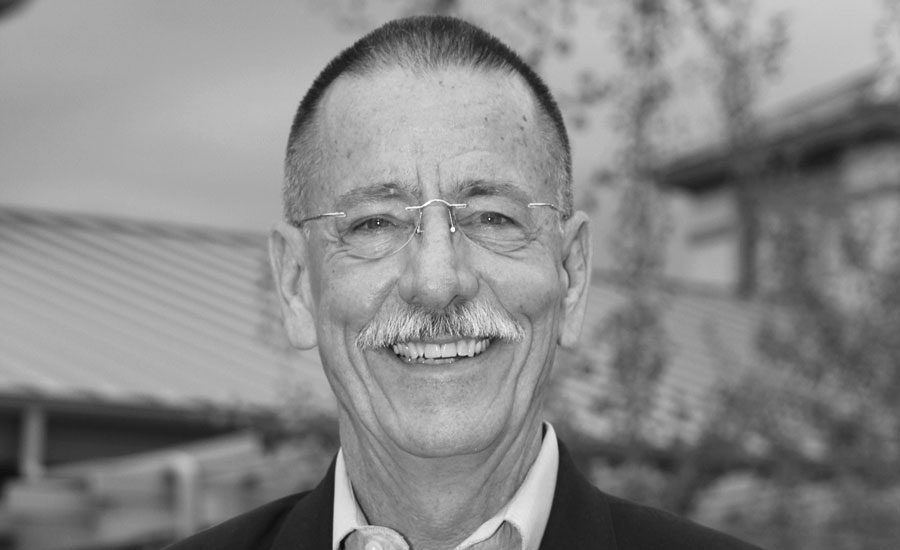Fine the Roofers

I recently had the pleasure of attending the 100th annual convention of the Florida Roofing and Sheet Metal Contractors Association (FRSA). I spent my first 20 years in the roofing industry in the Sunshine State, and that included attending many FRSA conventions starting in 1974.
FRSA does a remarkable job for its members, particularly in the areas of codes and licensing and insurance regulations. It is hardly fair, however, to not mention the dozens of other services FRSA brings (Credit Union, Self-Insurers Fund, educational programs, etc.), but it would take more words than I have here to do it justice. If you want to learn more, head over to the FRSA website for the rest of the story.
Back to the convention. Simply put, the entire event was amazing. Lisa Pate, the FRSA staff, and their volunteer leadership all did a magnificent job with all the convention activities including a tradeshow, educational sessions, and a whole lot of fun. It was so good for me to reconnect with them and my friends in Florida.
For me, the highlight of the event was walking the tradeshow floor with my good friend, Greg Hageman, owner of Greg’s Roofing in Ormond Beach, Fla. Greg and I are the same age and did some business together back in the day. We went through the ‘70s in our 20s and now we are going through our 70s in the ‘20s. Greg’s stepdad, Wayne Halfhill, owned Wayne’s Roofing and Sheet Metal in Daytona Beach, Fla. Greg was destined to be a roofing contractor.
Greg and I have shared conversations about all things roofing off and on for all these years. One of his frustrations is OSHA’s way of dealing with fall protection. Greg told me years ago that OSHA should, “fine the roofers” instead of the contractors. He figured that way, his roofing workers would finally begin to follow the rules for fall protection on their own without undue prompting from him.
While this approach sounded logical, I thought there was no way OSHA would do this. The mission of OSHA is to protect workers from bad situations and companies or contractors who do not do a proper job of protecting their workforce.
Then it finally dawned on me that OSHA should additionally have the task of protecting workers from themselves.
I believe Greg is right. His chief complaint is that he sets up all the safety systems, does all the training, puts policies in place, but is constantly at odds with his crews over the full and proper use of the systems. He knows the minute he drives away from a worksite that his roofers default to their old ways and bad habits.
Contractors have limited remedies when it comes to enforcement of safety standards. For example, they can set up a three-strike rule or even have a “zero tolerance” policy for roofers not following safety protocols. Fining an employee is not a tool in a contractor’s tool chest. But what if OSHA could? What if contractors could be deputized by OSHA to fine roofers?
Would OSHA be able to follow this course short of an act of Congress? I do not know, but it would be interesting to find out. It would also be interesting to find out if, under the threat of an OSHA fine, roofers would warm to the task of adopting and maintaining full fall protection on the job.
I am probably dreaming. Nothing new about that. I continue, however, to believe that the active fall protection schemes involving the use of ropes and harnesses is the wrong solution to fall protection. A big reason for this is the failure of roofing workers to properly use these safety systems; if they use them at all.
Operating fall-protected worksites is something contractors need help with, not a government agency that is only set to punish them.
Looking for a reprint of this article?
From high-res PDFs to custom plaques, order your copy today!




